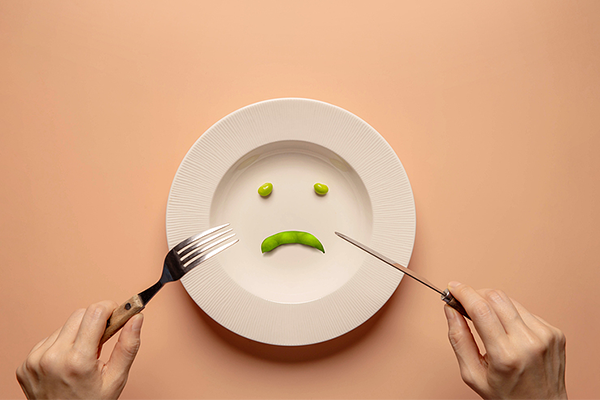Eating disorders are more than just preoccupation with losing weight. They are a group of serious illnesses, some with deadly complications, that affect a person’s eating behavior as well as their mental health.
Eating disorders are treatable with the help of health care professionals, but sometimes they are hard to recognize. If you or someone you love is struggling with an eating disorder, it’s important to seek help.
Who Gets Eating Disorders?
Eating disorders are more common in women than in men, and they tend to occur in teenagers or young adults. However, anyone can struggle with an eating disorder, regardless of age, gender or any other factors.
People with eating disorders are often highly critical of themselves. They become very concerned with their weight and appearance and may feel fat even if they are healthy or underweight. They may also have an intense fear of gaining weight. Eating disorders sometimes occur with other mental health conditions, such as anxiety, depression or obsessive-compulsive disorder.
What Does Anorexia Look Like?
Anorexia nervosa occurs when someone restricts their food intake so severely, they become at least 15% lower than their healthy body weight. Even as he or she becomes dangerously thin, a person with anorexia may still see themselves as overweight.
What Does Binge Eating Look Like?
Binge eating disorder is characterized by someone eating large quantities of food in short periods of time. Someone with binge eating disorder may eat until they are uncomfortably full, and they may choose to eat when they are not hungry. He or she may secretly binge, and after binging he or she may feel ashamed, embarrassed or guilty.
Binge eating disorder is the most common eating disorder in the United States, according to the National Institute of Mental Health. It’s typical for people with binge eating disorder to become overweight or obese.
What Does Bulimia Look Like?
Similar to binge eating disorder, a person with bulimia will have episodes of binging, eating large amounts in short periods of time. However, this behavior is followed up by purging to compensate for the binge. This behavior may involve, overexercising, forced vomiting, laxative usage or other methods. Someone with bulimia may be overweight, normal or underweight.




